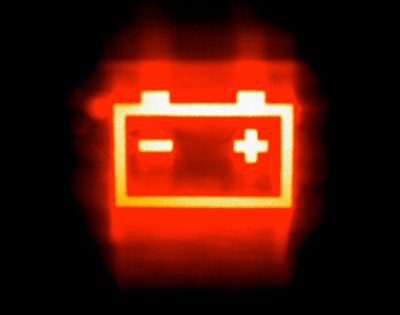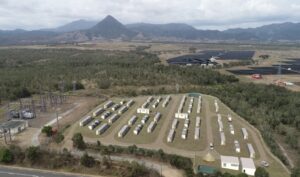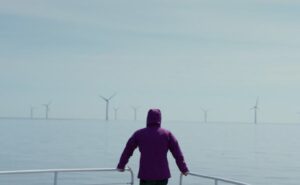South Australia’s state government has announced plans for a new clean energy auction, saying it intends to target battery storage and other “dispatchable” renewable energy sources for around one-quarter of the government’s electricity needs.
The government earlier this year called for expressions of interest in a tender for all of its electricity needs – or around 481GWh – from “low carbon” energy, but the results of that tender have not been announced.
There is still no word, for instance, on how the government will source the other 75 per cent. A spokesman said no decision had been reached. Two of the competitors for that tender are the mothballed Pelican Point gas plant and the proposed 110MW solar tower with storage plant in Port Augusta.
The decision to hold a new tender targeting “dispatchable” renewable energy generation for the 25 per cent share of the government’s energy needs is interesting, particularly in regards to the recent coverage of the so-called ‘energy crisis” in South Australia, where wholesale electricity prices jumped after a surge in gas prices and network constraints.

SA energy minister Tom Koutsantonis said those suppliers who submitted proposals to the original expressions of interest in response to the EOI will be approached and invited to tender.
He said dispatchable renewable energy sources included bioenergy, solar PV with battery, solar thermal and solar PV behind the meter with battery, but he focused his comments on battery storage.
“By procuring one-quarter of the state government’s electricity requirements from renewable energy sources that use battery storage technology we can dramatically reduce our carbon footprint and at the same time incentivise technological developments in this industry,” Koutsantonis said.
“Battery storage of renewables is the future of energy generation and is an extremely exciting proposition for a state with abundant renewable energy resources. We have an opportunity here to create investment and jobs in this space in South Australia before anywhere else.
“As these technologies develop we will see downward pressure on prices because our extremely cheap wind and solar power will be able to be delivered in a targeted way when it is needed most, not just when the sun is shining and the wind is blowing.”
Koutsantonis’ comments no doubt bare reference to the recent barrage of criticism directed at the South Australian government that its ambitious support of renewable energy in the state has added to electricity price volatility for consumers.
It is understood that the proposals from Pelican Point and SolarReserve are still in the running.
However, the proposal from Pelican Point may need to be adjusted because of the soaring cost of gas. The 110MW solar tower proposal of SolarReserve also would not be scaleable to meet the 25 per cent “dispatchable” component.
Another known proposal is for the Kingfisher solar PV and battery storage project, which could be the world’s largest to date, but its first stage may fit into the smaller component.
Repower Port Augusta, which described the move as “positive” for renewable storage, renewed its calls for the remaining 75 per cent to be used “to make solar thermal happen” in Port Augusta
“South Australia leads the way on renewable energy,” spokesperson Dan Spencer said. “The State Government has taken a big step today to bring on new battery storage which will make us a leader in the next phase of Australia’s shift to renewables. Now, Port Augusta needs to see the rest of the Government’s power use prioritised for solar thermal.”
He noted that during the federal election, the Turnbull government said building solar thermal in Port Augusta would be the number one priority for the Clean Energy Innovation Fund.
The government’s current electricity purchasing arrangements will expire in late 2016 for the small sites and in 2017 for large sites.








